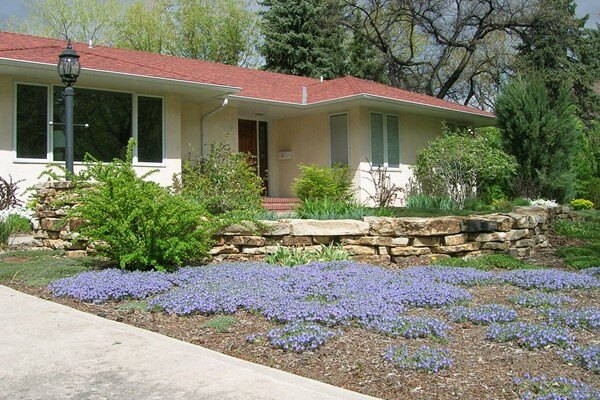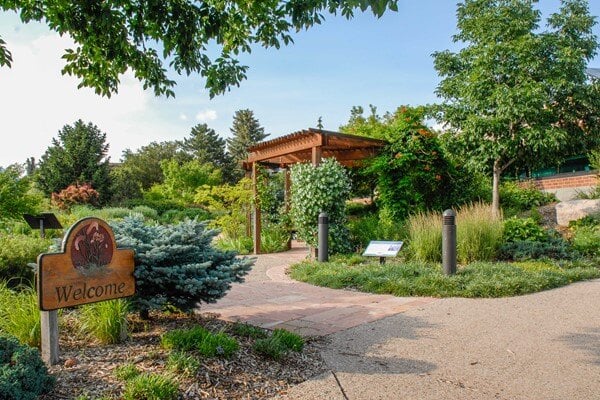Turkish Veronica
Turkish veronica is a hardy, low-growing groundcover. The one to two-inch high carpet of tiny, glossy green leaves is covered with small, cobalt blue flowers in late spring.
This creeping veronica is less vigorous than other cultivars, making it a nice choice when you want a plant that won't spread too much. The leaves are evergreen, taking on a purplish tinge in winter.
.jpg)
.jpg)
.jpg)
.jpg)
.jpg)
.jpg)
Turkish Veronica
Turkish veronica is a hardy, low-growing groundcover. The one to two-inch high carpet of tiny, glossy green leaves is covered with small, cobalt blue flowers in late spring.
This creeping veronica is less vigorous than other cultivars, making it a nice choice when you want a plant that won't spread too much. The leaves are evergreen, taking on a purplish tinge in winter.
Plant details
Botanic Name
Veronica liwanensis
Pronunciation
veh-RON-ih-ka lee-wan-EN-sis
Mature Height
1 to 2 in.
Mature Spread
15 to 18 in.
Water usage
One Droplet: Water twice per month or less, once established.
Two Droplets: Water about once per week, once established.
Three Droplets: Water about twice per week, once established.
Flower Color
cobalt blue
Bloom time
late spring
Colorado Native
No
Natural Habitat
Turkey, Caucasus, Ukraine
Light Requirements
sun
Cold Hardiness
USDA zones 3-10
Elevation Limit
hardy to 10,000 ft.
Performance
Turkish veronica has been a resilient groundcover at the Water Wise Demonstration Garden. It has been a beautiful plant in rock gardens as well as planted in boulder walls.
The glossy green leaves make it more attractive than the dull green leaves of many of the creeping thymes. Also, it doesn't seem to suffer from winter dieback like many creeping thymes. We highly recommend it.
Maintenance
None generally needed. Rake off debris after winter, if needed.
See in a landscape
After removing the existing bluegrass, flowering ground covers were planted that use less water than a traditional lawn and without all the, mowing, trimming and fertilizing. As the plants mature, they will grow only a few inches tall and about 1-1.5 feet wide to cover the entire soil surface. This type of landscaping may be watered with drip pipe that has the emitters built into it (in-line drip), or efficient overhead spray nozzles that are set less frequently than for bluegrass as these plants like to dry out between watering. Make sure to water a groundcover lawn once a month in the winter to make sure these plants are healthy and ready to grow in spring.


.jpeg)
.jpeg)
.jpeg)
.jpeg)
.jpeg)
.jpeg)
.jpeg)
.jpeg)
.jpeg)
.jpeg)